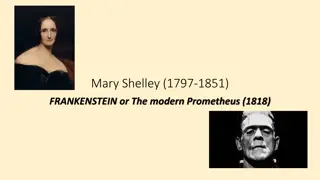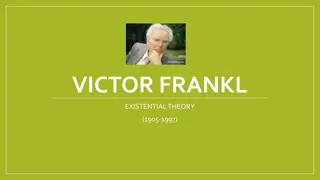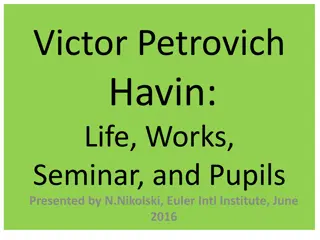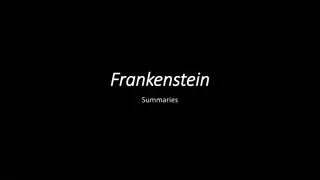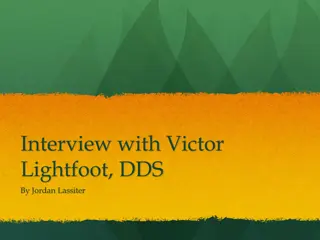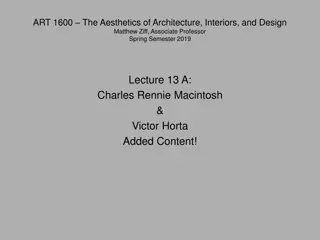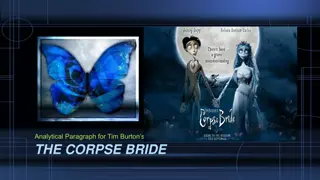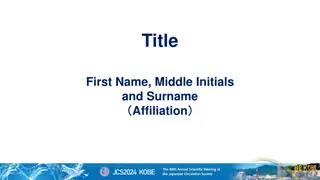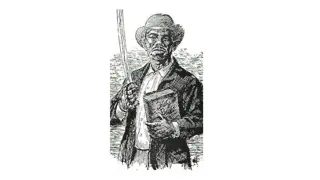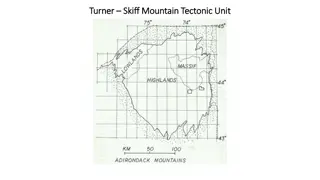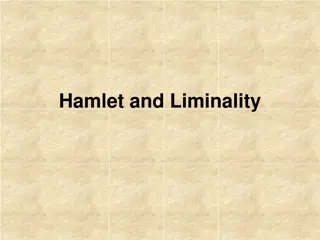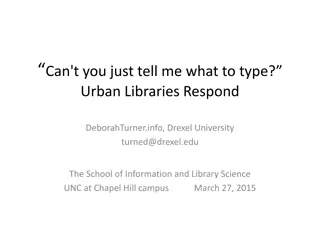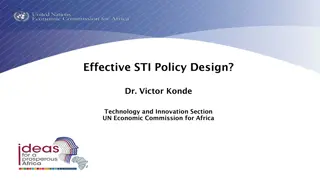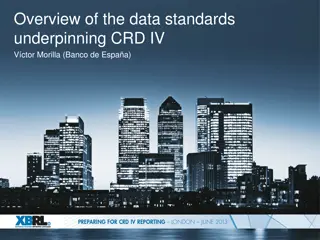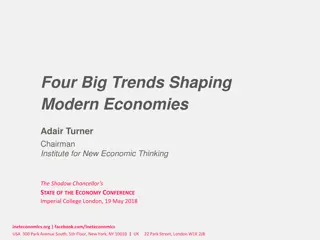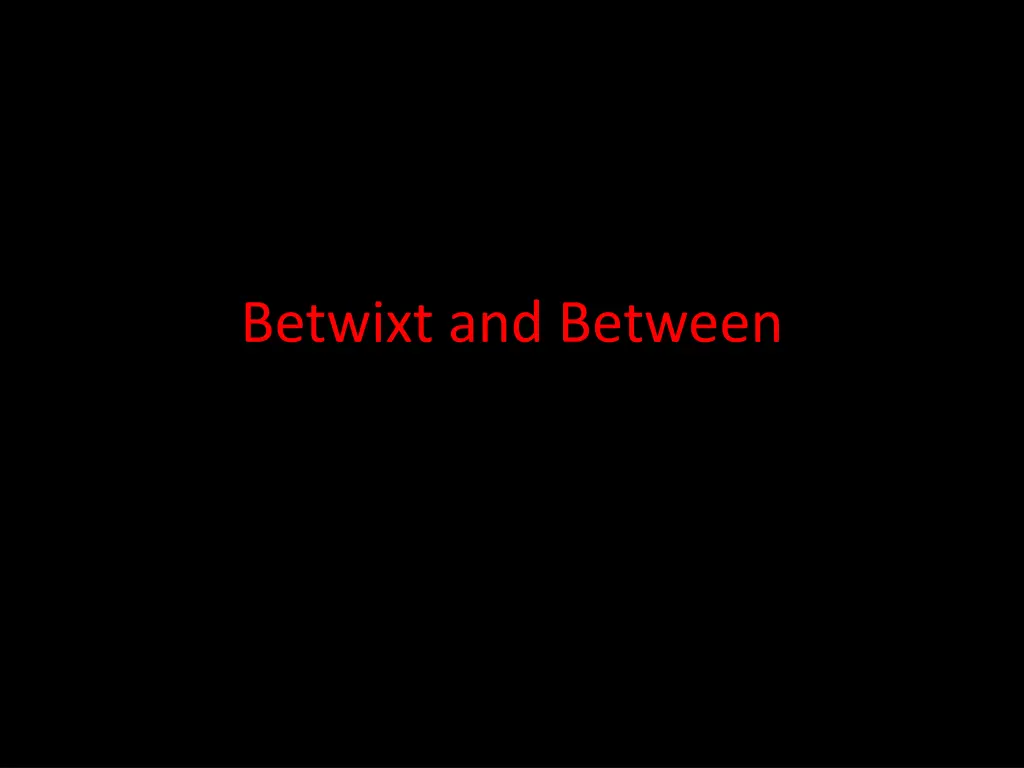
Exploring Liminality and Monstrous in Rites of Passage
Delve into the concepts of liminality and the monstrous in rites of passage through the works of Victor Turner. Understand the transitional phase of liminal states and the significance of monsters in teaching cultural realities. Discover the historical construction of adolescence and its societal implications.
Download Presentation

Please find below an Image/Link to download the presentation.
The content on the website is provided AS IS for your information and personal use only. It may not be sold, licensed, or shared on other websites without obtaining consent from the author. If you encounter any issues during the download, it is possible that the publisher has removed the file from their server.
You are allowed to download the files provided on this website for personal or commercial use, subject to the condition that they are used lawfully. All files are the property of their respective owners.
The content on the website is provided AS IS for your information and personal use only. It may not be sold, licensed, or shared on other websites without obtaining consent from the author.
E N D
Presentation Transcript
Pop Quiz Define liminality or a liminal state? How does Turner depict the monstrous in rites of passages? Who is G. Stanley Hall? What according to Baxter does the term adolescence do?
Victor Turner -1920-1983 -Born in Scotland and educated in England -After WWII began doing research on Ndembu and earned his PhD in Anthropology -Most famous for thinking about social drama, symbols, and rites of passages. -Precursor for performance studies
Liminal The second stage in a rites of passage as defined by French Ethnographer Arnold Van Gennep. Popularized by Turner Betwixt and Between from the Latin limen meaning threshold. Liminality is the quality of ambiguity or disorientation that occurs in the middle stage of rituals, when participants no longer hold their pre-ritual status but have not yet begun the transition to the status they will hold when the ritual is complete. Socially invisibility, dead and infant, no property, sacred poverty.
Monstrous Communication of the sacra via action, exhibition, and instruction Three modes of exhibiting and instruction disproportion, monstrous, and mystery My own view is the opposite one: that monsters are manufactured precisely to teach neophytes to distinguish clearly between the different factors of reality, as it is conceived in their culture (Turner, 52).
Adolescence Historical Construction Turn of the Century invention with longer standing 19thcentury roots in boyology and ideas of the savage child. Result of changes of a modern society, urbanization, child labor laws, and immigration. Developmental Sciences, Literature, Education Easy scapegoat The ideal and the real


